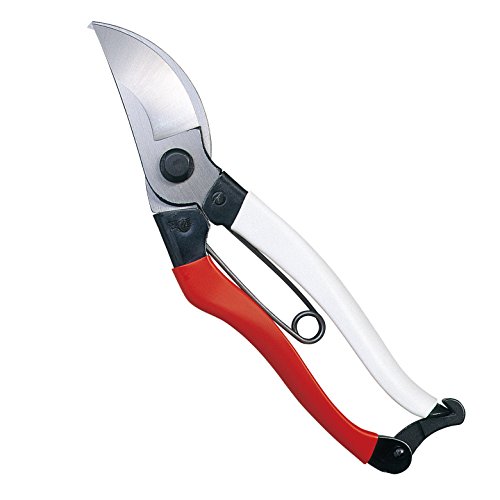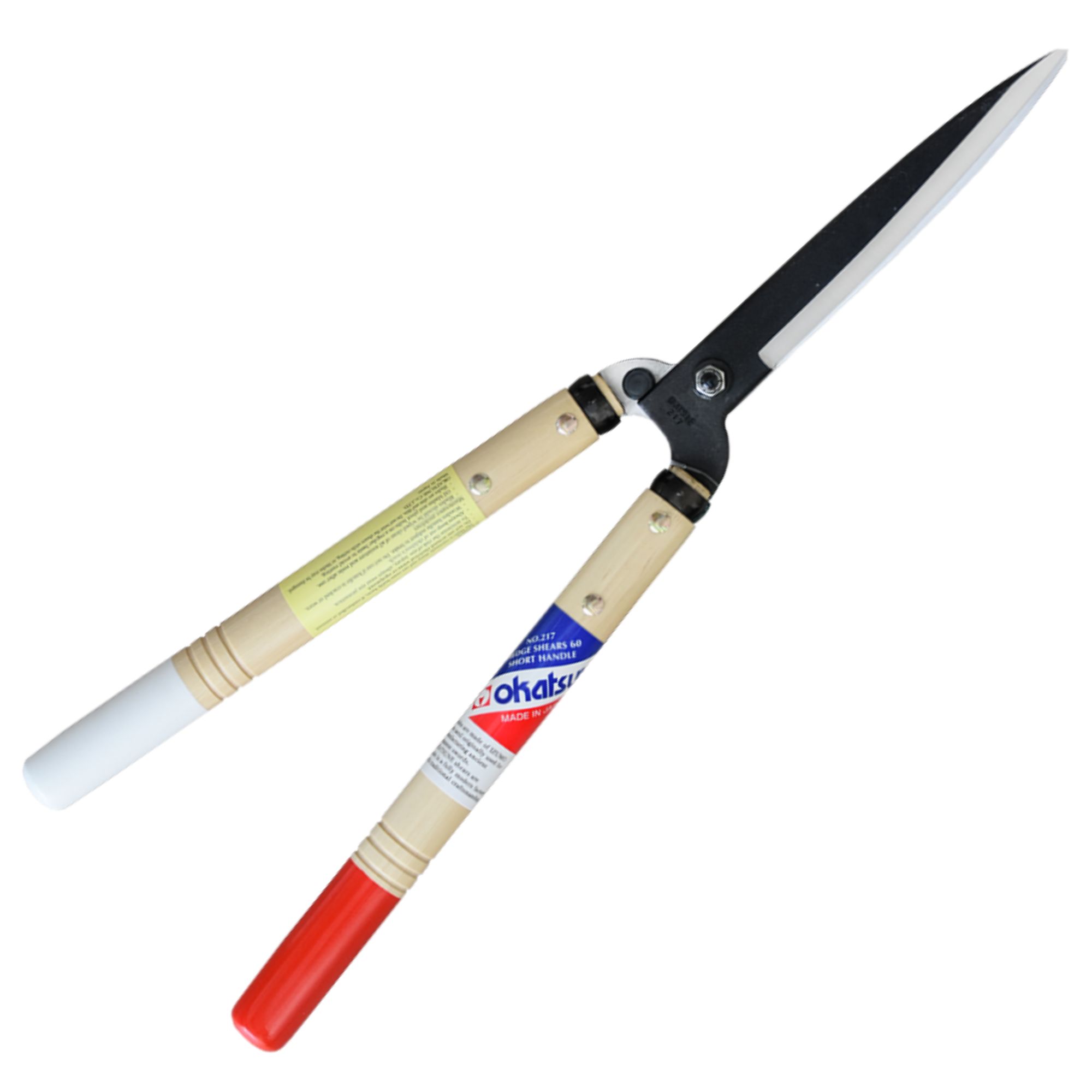Easiest evergreen shrubs to grow – 5 foolproof plants for year-round greenery
Whether grown in borders or pots, these easy evergreens will maintain interest in all seasons


Landscaping with evergreens is a clever way to ensure your yard is full of greenery at all times of the year. While evergreens may not be as exciting as colorful perennials that act like fireworks during spring and summer, they are important structural plants that are versatile and adaptable.
As a former professional gardener, I have planted, grown and cared for many evergreen shrubs. If you are planning a new garden or adding to an existing design, I know that using evergreens can transform outside spaces. Think lime green pittosporum domes surrounded by ornamental grasses, or dark green yew hedging as a backdrop to frame a front yard.
Here, I reveal some of the easiest evergreen shrubs to grow that are tough, resilient and low-maintenance. So, whether you are looking for evergreens for small front yards or you want to grow some of the easiest evergreen trees as shrubs, our guide has all the information you need.

Easiest evergreen shrubs to grow
If you are considering landscaping with evergreens this year, it is best to choose planting suited to your US hardiness zone. While there are evergreen species that can grow in both southern, warm zones and northern, cooler regions, it is always best to plant species that will thrive in your yard. After all, no one wants to invest in a beautiful, healthy shrub only to see it struggle after a few months in the ground.
1. Juniper

Junipers are some of the best evergreen shrubs, prized for their fragrance and year-round foliage. 'Junipers are perhaps my favorite pine tree to grow,' says Sam Niemann, garden expert and founder of Grown by Design, a boutique landscape design firm based in San Diego.
'There are dozens of species of juniper and so many varieties to choose from,' Sam continues. 'Some stay quite small, like our native creeping juniper, Juniperus horizontalis, which will grow only to a height of two feet. Creeping juniper live plants are available from Walmart.
'For a taller species, try growing Juniperus chinensis 'Spartan', which has a naturally conical shape and gets to about 15 feet tall,' Sam adds. Like most junipers, this variety can be grown down to US hardiness zone 4, tolerating frozen weather in winter. 'It has a dense growth habit and fast growth rate, and while it does need some pruning once a year in early spring, this topiary evergreen is an easy option to grow, proving to be self-sufficient and drought-tolerant once established.'
Design expertise in your inbox – from inspiring decorating ideas and beautiful celebrity homes to practical gardening advice and shopping round-ups.

Sam is a lifelong gardener whose passion for plants and nature has been the driving force behind his extensive knowledge and expertise in horticulture. He studied at San Diego State University, earning a degree in Finance while simultaneously founding Grown by Design, a boutique landscape design firm.
2. Yew

'One fail-safe evergreen to grow is yew,' says Alex Kantor, owner of Perfect Plants Nursery. 'This trusty plant is both low maintenance and a classic touch in the landscaping world.'
Yew, otherwise known as Taxus, can be grown from zone 4 to zone 8 and will thrive in a range of settings and conditions. As a gardener, I have grown the English yew, Taxus baccata, as tall hedges for privacy, reaching upwards of 15 feet, or as low step-over hedging to line pathways and borders. I have also trained it to form dome-like shapes, ideal if you want to enjoy the modern cottage garden aesthetic with an evergreen structure complemented by loose perennial planting. Whatever your preferences, yew will prove useful.
'Yew is so easy to grow,' Alex continues, 'whatever species you opt for, all yews respond well to regular shaping and pruning, usually completed in summer and early fall. In addition, they do not need feeding or watering once established. Try growing the spreading yew, available from Perfect Plants, for a low-growing but hardy option that produces masses of red berries in winter.'
All parts of yew plants are toxic, so it is always best to wear gardening gloves when planting or pruning them. The sap can irritate the skin, so always approach with caution and wear protective clothing. Try these flexible but sturdy gardening gloves from Amazon.

Alex has worked in the horticultural industry for over 20 years and grew up on the farm since his childhood years. Alex is an expert on landscape trees, shrubs, and indoor plants. He is passionate about growing and helping others learn the trade.
3. Japanese holly

Japanese holly, or Ilex crenata, is also one of the easiest evergreen shrubs to grow. With small, evergreen leaves, Japanese holly is a superb alternative to box, Buxus, responding well to regular shaping but without any worry of box blight fungal disease.
So, if you are seeking plants for topiary, Japanese holly is one low-maintenance evergreen that is both pest and problem-free, while also producing attractive dark berries in the fall and winter.
'The dark green foliage can be used in so many ways,' says Alex. 'They can be grown in pots, used as a screen if you are looking for evergreen privacy on a balcony, or you can plant them in borders and shape into domes.
'Japanese holly is valued for its adaptability,' Alex says, 'growing well down to US hardiness zone 5 and tolerating full sun or deep shade,'
Japanese holly live plants are available from Perfect Plants.
4. Pittosporum

Pittosporums are the go-to plant for garden designers and landscapers worldwide. Native to Asia and Oceania, pittosporums are attractive evergreens that can be found in a range of shapes and sizes.
One of my favorite species is Pittosporum tenuifolium, hardy down to US hardiness zone 8. As you can see in the image above, this species can be trained to keep to a small growth habit if you are keen on topiary, although without pruning it can reach upwards of 10 feet.
I previously grew this species in several front and back yards across London and never had any trouble with it. I would advise that regular pruning will keep your pittosporums compact and bushy, as they do tend to turn woody when left alone.
Pittosporum shrubs are available to buy online at Walmart.
5. Sweet box

One of the prettiest evergreen plants has to be the fragrant sweet box, otherwise known as Sarcococca confusa. With delicate and aromatic white flowers emerging in the winter, catching the scent of this shrub will brighten even the darkest day. Sweet box live starter plants are available from Walmart.
If you are looking for winter flowers for scent, I think sweet box is the plant to grow. In one public park where I worked for two years, we had a large swathe of sweet box plants happily growing without requiring much attention. They tend to grow to about three or four feet tall, and the glossy green foliage can be relied upon to provide year-round greenery in any space.
This species can be grown down to US hardiness zone 6, doing best in part to full shade. It is very slow-growing, meaning that pruning is not necessary, and once established, it requires little watering or feeding. To me, this is surely one of the easiest evergreen shrubs to grow.
FAQs
When is the best time to plant evergreen shrubs?
The best time to plant evergreens is in the fall or spring months. I recommend planting when the weather is dry and mild, either in October or November, before the first frost, or during March and April, after the last frost of winter. Avoid planting if the temperature is expected to drop or peak in the coming weeks, as any sudden changes can impact your plant. Finally, be sure to give your evergreens a deep watering after planting to give them the best start in your yard. You can also mulch your plants to help retain water in the soil throughout the year.
If you are looking for native plants, why not learn how to grow lingonberry shrubs? Reaching no more than two feet tall, this low-growing and low-maintenance evergreen shrub can be relied upon for year-round greenery while also producing crimson-red berries in the fall. Live lingonberry plants are available from Amazon.

Thomas is a Content Editor within the Gardens Team at Homes and Gardens. He has worked as a professional gardener for both public spaces and private estates, specializing in productive gardening, growing food and flowers. Trained in Horticulture at the Garden Museum, he has written on gardening and garden history for various publications, including The English Garden, Gardens Illustrated, Hortus, The London Gardener and Bloom. He has co-authored a Lonely Planet travel book, The Tree Atlas, due out in 2024.

![Miracle-Gro Mg86205 General Utility Gloves – [small/medium], Synthetic Leather Padded Palm Gloves, Spandex Back, Adjustable Hook and Loop Wrist](https://cdn.mos.cms.futurecdn.net/nTAeAiC8a2MyyhZSnu3uAT.jpg)

